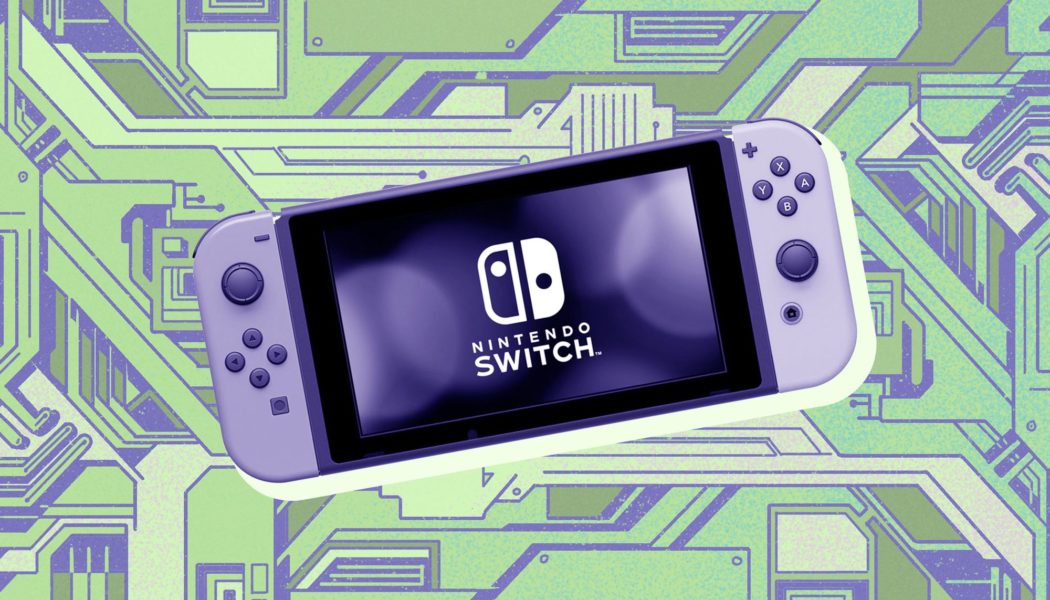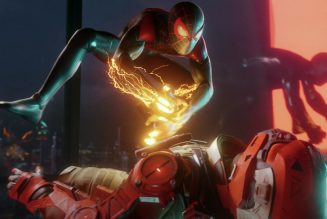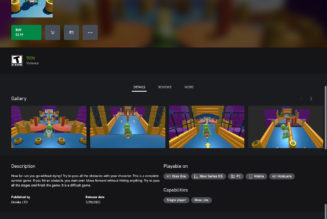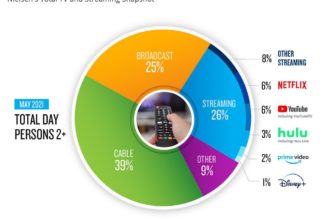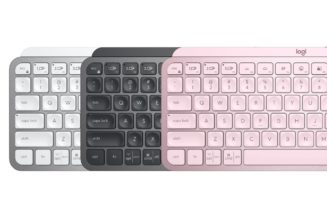We’ve had five years of great games and sluggish performance. Nintendo’s console is pulling in the opposite direction of its software, which is bigger and better than ever before.
/cdn.vox-cdn.com/uploads/chorus_asset/file/24279833/226437_M_Huigen_year_nintendo_switch_shows_its_age.jpg)
The Nintendo Switch’s lousy performance is as enduring as the console itself. Grainy, stuttery graphics are synonymous with playing games on the 2017 system, which hasn’t gotten a spec upgrade to boost how games look and run. And in the five-plus years since the Switch was released, remarking on disappointing visuals has been a fixture in our reviews of the console’s best games.
The Switch’s hardware is pulling in the opposite direction of Nintendo’s modern software, which is bigger, better, and more ambitious in scope than ever before. And yet, its strategy of supporting a low-powered device that gets slowly updated is no different for the Switch than it was for Nintendo’s previous consoles. This long-tail strategy has been successful for Nintendo financially, especially so for the Switch, which is one of its best-selling consoles ever. But we’re past due for an updated model.
After five years, it’s time for a more powerful Switch that can erase some of these past and future issues with a faster chipset capable of displaying games in 4K. There have been rumors of such a device, and its launch was reportedly postponed due to the chip shortage caused by the coronavirus pandemic. All that we’ve gotten is an underwhelming Switch OLED that has a better, slightly bigger OLED screen with similar internal specs and little else to tempt current owners.
Continuing to sell the Nintendo Switch with its current specs is one of the biggest tech blunders of 2022 — not least because Nintendo’s inaction let other devices steal a sliver of the spotlight.
/cdn.vox-cdn.com/uploads/chorus_asset/file/22873311/cfaulkner_210921_4751_0013.jpg)
One of them is Valve’s Steam Deck. It’s not a meaningful competitor in terms of sales volume (the Switch is over 100 million strong globally), but Valve proved what more is possible in a modern handheld. Its custom AMD hardware can run many demanding PC games with respectable performance, and its $399 cost is competitive with the much less powerful Nintendo Switch.
The Steam Deck is an alluring device, not just because of its power. Buying one immediately rewired my brain to seek out the often-cheaper Steam version of games rather than the Switch version that, for a few years, I’d typically default to buying for on-the-go gaming. There’s an implicit guarantee that the Deck will run games better, and like the Switch, it can be docked to display on your TV.
However, the Deck isn’t faultless. Compatibility issues mean that many Steam games may not work as intended (or at all). And its bulky design is far less bag-friendly. But for some Switch owners, including myself, it’s hard to resist the Deck, which has provided many of the benefits that I wanted from a Switch Pro.
/cdn.vox-cdn.com/uploads/chorus_asset/file/23270010/vpavic_220210_5030_0090.jpg)
However, there will always be reasons for me to come back to the Switch — namely, to play its exclusive games from Nintendo and to get my fill of retro SNES games. So it’s not leaving my entertainment center. But there’s a backlog of exclusives that I want to play, but, perhaps nonsensically, I refuse to buy them until Nintendo releases a faster Switch. I’m going to buy the heck out of the Switch Pro — when it finally shows up.
If there was ever a perfect time to launch a meaningful hardware update to the Switch (aside from any time in the last two years), it’d be on May 12th, 2023, the day when The Legend of Zelda: Tears of the Kingdom will release. It’s the follow-up to the 2017 launch title The Breath of the Wild, a brilliant Zelda game that revealed all that the Switch was capable of — and not capable of — out of the gate.
Nintendo has some work to do in reversing the stigma that its Switch equates to not-great performance in many games. I hope that the next iteration leans on Nvidia’s DLSS AI or AMD’s FSR upscaling techniques to make graphics look better while relieving some stress on the hardware. Regardless, I don’t think Nintendo can afford to stay still with hardware during 2023.
